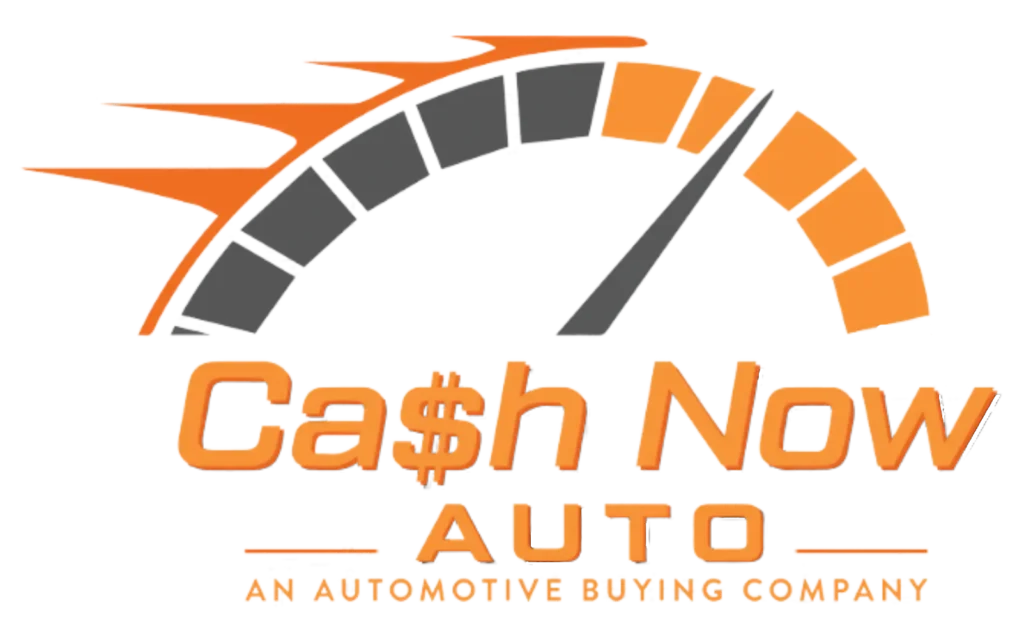
Selling your car can feel like a maze of paperwork, negotiations, and uncertainty. Whether you’re upgrading to a new ride or just need the cash, knowing how to sell your car the right way can save you time, stress, and money. In this in-depth guide, we’ll walk you through every step of the process — from prepping your car for sale to handing over the keys and collecting the cash.
Why People Sell Their Cars
There are countless reasons why people decide to sell their cars. Some are ready for an upgrade, others need to downsize, and some just want to cut back on expenses. Whatever your reason, the goal remains the same — get the best value with minimal hassle.
Common reasons include:
- Purchasing a newer vehicle
- Reducing monthly expenses
- Moving to a city and no longer needing a car
- Vehicle no longer meeting lifestyle needs
- Wanting to go electric or hybrid
Step 1: Know Your Car’s Value
Before you can sell your car, you need to know how much it’s worth. Overpricing will drive buyers away, while underpricing means losing money. Here’s how to get an accurate idea:
- Use online valuation tools like Kelley Blue Book, Edmunds, or Autotrader.
- Compare similar listings in your area.
- Factor in your car’s mileage, condition, service history, and any upgrades.
Tip: Be honest about your car’s condition when using online tools — it will make the valuation more realistic.
Step 2: Gather Your Documents
Selling a car isn’t just about handing over the keys. You’ll need a few important documents to make the sale legal and smooth:
- Title (also called the pink slip): This proves you own the car.
- Service records: Buyers love to see a well-maintained car.
- Bill of sale: Documents the transaction.
- Release of liability: Protects you from future legal issues.
- Smog certification (if applicable): Required in some states or countries.
Having all of this ready ahead of time shows professionalism and builds buyer trust.
Step 3: Decide How You Want to Sell
When it comes to selling your car, you’ve got a few options. Each has its own pros and cons depending on how fast you want to sell and how much money you want to get.
Private Sale
Best for: Getting top dollar.
Selling privately usually gets you the most money, but it requires effort. You’ll need to list the car, respond to inquiries, and handle test drives.
Pros:
- Higher selling price
- Full control over the process
Cons:
- Takes more time
- Potential scams or flaky buyers
Trade-In at a Dealership
Best for: Convenience.
If you’re buying a new car from a dealership, trading in your old car is super easy. But be aware — you won’t get the highest offer.
Pros:
- Quick and simple
- May lower the cost of your new car
Cons:
- Lower trade-in value
- Less negotiation room
Instant Cash Offer Sites
Best for: Fast cash and no hassle.
Websites like Carvana, Vroom, or CarMax offer online quotes and will pick up your car. This is super convenient, but again, you may not get top dollar.
Pros:
- Instant offers
- No need to meet with buyers
Cons:
- May offer less than market value
Step 4: Prep Your Car to Impress
First impressions matter — especially when it comes to selling a car. A clean, shiny car will always sell faster and for more.
What to do:
- Wash and wax the exterior
- Vacuum the interior and clean surfaces
- Fix minor issues (burnt-out bulbs, worn wipers)
- Top off fluids
- Consider a professional detailing for higher-end vehicles
Bonus: Get a pre-sale inspection so you can confidently answer questions about the car’s condition.
Step 5: Take Great Photos
Your listing is only as good as the photos you take. Bad lighting or cluttered backgrounds can instantly turn buyers off.
Tips for killer car photos:
- Shoot during daylight (morning or late afternoon is best)
- Use a clean, neutral background
- Show multiple angles: front, back, both sides, interior, engine, trunk
- Include close-ups of any flaws (transparency builds trust)
Pro Tip: Take pictures with the steering wheel turned for a more dynamic look!
Step 6: Write an Irresistible Listing
Now that your car is looking its best, it’s time to craft a listing that attracts attention — and buyers.
Your listing should include:
- Make, model, year, and mileage
- Trim level and special features (sunroof, leather seats, Bluetooth, etc.)
- Condition (be honest!)
- Recent maintenance
- Asking price
- Contact info and best time to reach you
Example:
“2018 Honda Civic EX, 58,000 miles. Clean title, 1 owner, excellent condition inside and out. Backup camera, Apple CarPlay, heated seats. Just serviced with new tires and brakes. Asking $15,000. Call or text anytime!”
Step 7: Screen Potential Buyers
Once your ad goes live, expect messages to come in fast. But not every inquiry is a serious one.
Watch out for:
- Lowball offers
- Buyers who avoid meeting in person
- Strange payment methods (checks, wire transfers from overseas)
How to stay safe:
- Meet in public during daylight hours
- Bring a friend if possible
- Don’t hand over keys until payment is secured
- Prefer cash or verified payment apps
Step 8: Handle the Test Drive Smartly
Test drives are where real interest happens — and where safety becomes key.
Tips for safe test drives:
- Ask to see the buyer’s driver’s license
- Ride along if you can
- Choose a route with a mix of city and highway driving
- Avoid letting strangers test drive alone
Bonus Tip: Use this time to highlight the car’s best features — fuel efficiency, comfort, recent upgrades.
Step 9: Negotiate Like a Pro
Most buyers will try to negotiate, and that’s totally normal. Set a realistic price and leave a little room to come down.
How to handle negotiations:
- Stay calm and polite
- Know your bottom line in advance
- Highlight why your car is worth the price (condition, records, features)
- Be willing to walk away if needed
Remember: You don’t have to accept any offer you’re not comfortable with.
Step 10: Close the Deal Securely
Once you and the buyer agree on a price, it’s time to finalize the deal.
Final steps:
- Fill out the bill of sale
- Sign over the title
- Provide any needed paperwork (smog check, warranty details)
- Remove your license plates if required in your state
- Cancel your insurance and registration
Important: File a release of liability with your local DMV or transportation authority. This protects you from anything that happens after the sale.
Conclusion: Turning Keys into Cash Doesn’t Have to Be Complicated
Selling your car might seem overwhelming at first, but with the right steps, it’s totally manageable — and even profitable. From understanding your car’s value to closing the deal like a pro, each part of the process brings you closer to turning those keys into cold, hard cash.
Remember, the more effort you put into preparation, the smoother the sale will go. Clean it up, price it right, and sell it smart — and you’ll be driving off (or walking off) with confidence and cash in hand.
